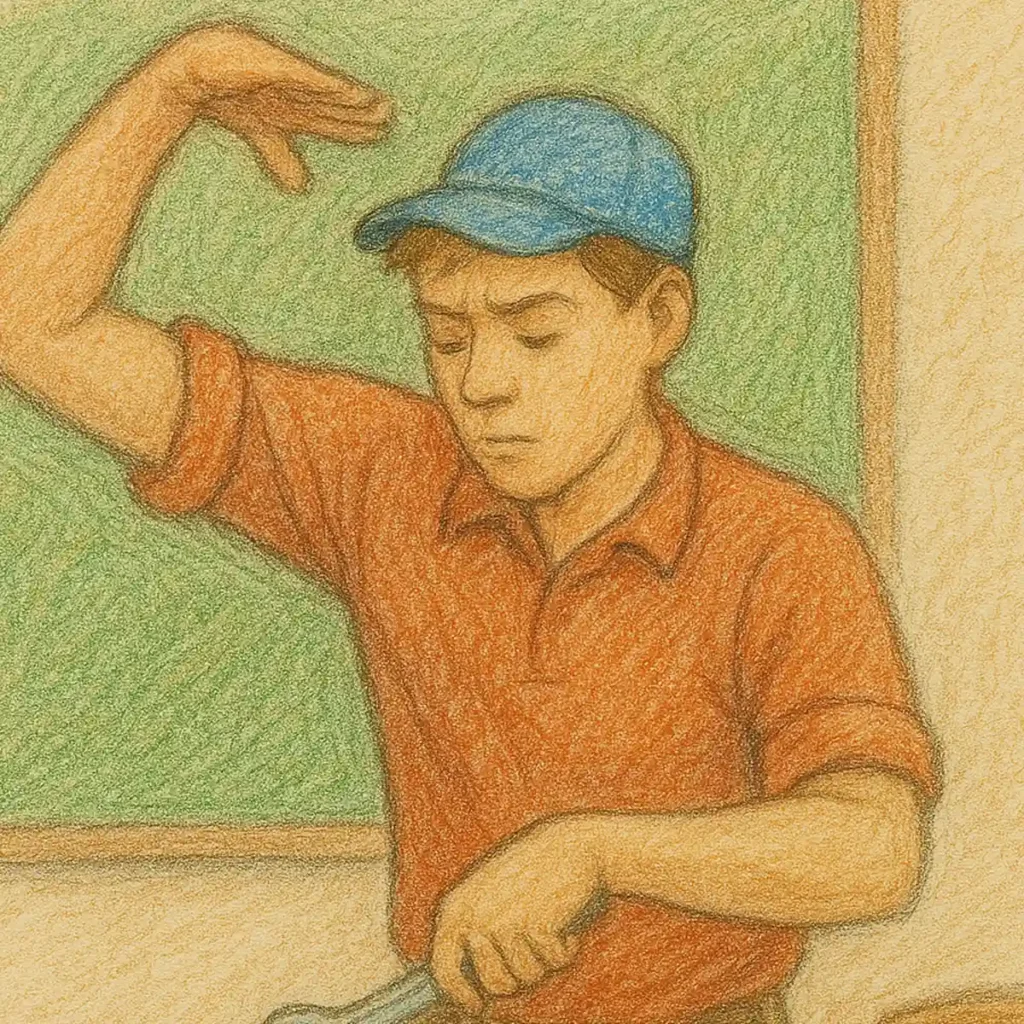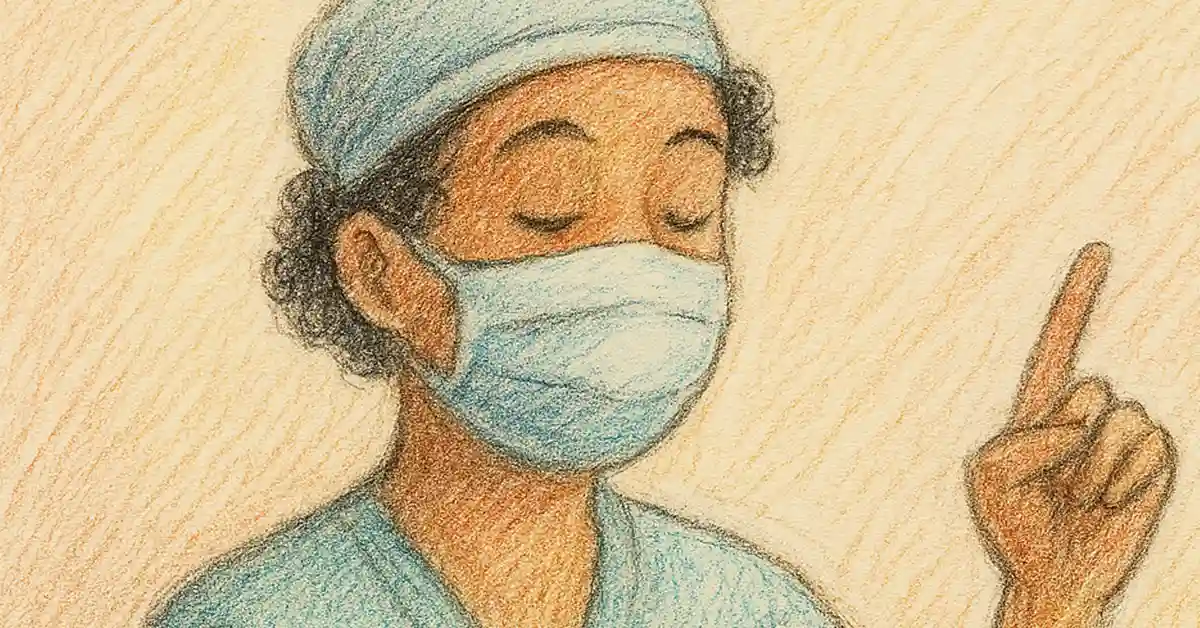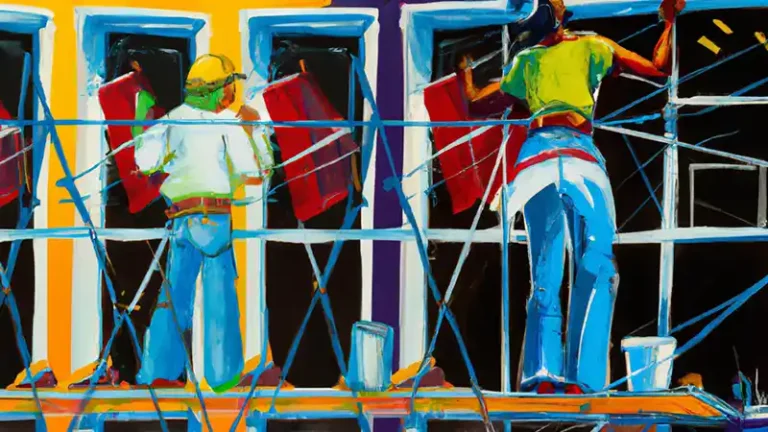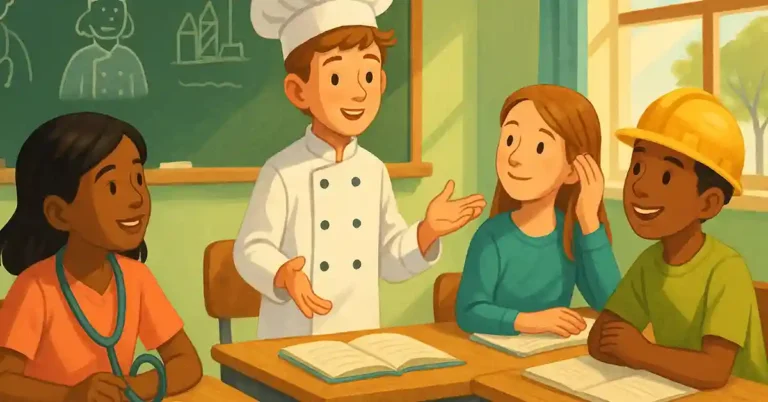Career Charades for Students: A Fun Lesson Plan
Let’s be honest—talking about careers with high school students can sometimes feel like tossing marshmallows at a brick wall. You say “career readiness,” they hear “nap time.” But what if I told you there’s a way to get your students laughing, moving, and thinking critically about different professions—all without anyone touching their phones? Welcome to Career Charades for Students, the classroom game you didn’t know you needed.
Learning Objectives
By the end of this lesson, students will be able to:
Demonstrate an understanding of various job roles through non-verbal communication
Identify key responsibilities and actions associated with different careers
Collaborate and problem-solve with peers during a fast-paced group activity
Time Needed
One full class period (approximately 45–60 minutes)
Materials Needed
Slips of paper
Pen or marker
A hat, jar, or container to hold the slips
A whiteboard or smartboard to keep score (optional)
Preparation Steps
Before class, write down a wide variety of careers on individual slips of paper. Include both familiar and obscure jobs to keep it interesting.
Fold each slip and place them in your container.
Set up a space in the classroom for students to perform.
Tip: Throw in a few unexpected job titles like “zookeeper” or “ice cream taster” to keep the laughs coming.

How to Implement Career Charades
Divide your class into two teams.
One student from Team A draws a career from the hat and has 30–60 seconds to act it out—no words, no sounds, just gestures.
Team A tries to guess the career. If they get it right, they earn a point.
Switch to Team B and repeat.
Continue rotating through each team until everyone has had a turn or time runs out.
Optional twist: After the guessing, have the student explain why they acted out the job the way they did. This reflection adds depth and encourages critical thinking.
Why This Activity Works
Career charades isn’t just about flailing your arms around trying to mime “civil engineer” (although that’s always entertaining). It taps into three powerful educational benefits:
1. Non-verbal communication:
Students learn how much information can be shared without saying a word—a valuable skill for interviews, presentations, and real-world interactions.
2. Creativity and interpretation:
To act out a career, students need to identify the most essential tasks associated with it. What makes a chef recognizable? What does a dentist do that can be mimed clearly?
3. Career comprehension:
As students watch and guess, they’re building an internal catalog of job types, roles, and expectations—often without realizing they’re learning anything at all.
Extension Ideas
Reflection Journal: Ask students to journal about which careers they found most interesting and why.
Research Project: Have students choose one of the charaded careers and research its education path, salary range, and daily responsibilities.
Guest Speaker Tie-In: Invite someone from one of the acted-out careers to give a short talk on what their job is really like.
Wrap-Up
Career exploration doesn’t have to be dry or awkward. With career charades for students, you’re turning your classroom into a space where students can literally act out their futures. They’ll build communication skills, learn more about the world of work, and have a great time doing it.
For more career games, click here.
List of Careers to Print and Cut:
Teacher
Police Officer
Firefighter
Chef
Nurse
Doctor
Veterinarian
Lawyer
Judge
Actor
Musician
Dancer
Photographer
Astronaut
Pilot
Flight Attendant
Librarian
Author
Journalist
News Anchor
Farmer
Mechanic
Electrician
Plumber
Carpenter
Construction Worker
Architect
Interior Designer
Fashion Designer
Model
Barber
Hairdresser
Makeup Artist
Tattoo Artist
Web Developer
Software Engineer
Data Analyst
IT Support Specialist
Video Game Designer
Social Media Manager
Influencer
Marketing Specialist
Salesperson
Cashier
Waiter/Waitress
Bus Driver
Train Conductor
Truck Driver
Delivery Driver
Real Estate Agent
Dentist
Dental Hygienist
Physical Therapist
Occupational Therapist
Psychologist
Psychiatrist
Pharmacist
Chemist
Biologist
Marine Biologist
Park Ranger
Zookeeper
Dog Trainer
Animal Shelter Worker
Environmental Scientist
Geologist
Meteorologist
Astronomer
Archaeologist
Historian
Museum Curator
Art Teacher
Music Teacher
Gym Teacher
Principal
Guidance Counselor
School Bus Driver
Janitor
Security Guard
Event Planner
Wedding Planner
Radio DJ
Podcaster
YouTuber
Professional Athlete
Coach
Referee
Lifeguard
Paramedic
EMT
Flight Engineer
Robotics Engineer
Electric Vehicle Technician
Solar Panel Installer
Crane Operator
Locksmith
Stunt Performer
Puppeteer
Ice Cream Taster
Toy Designer






